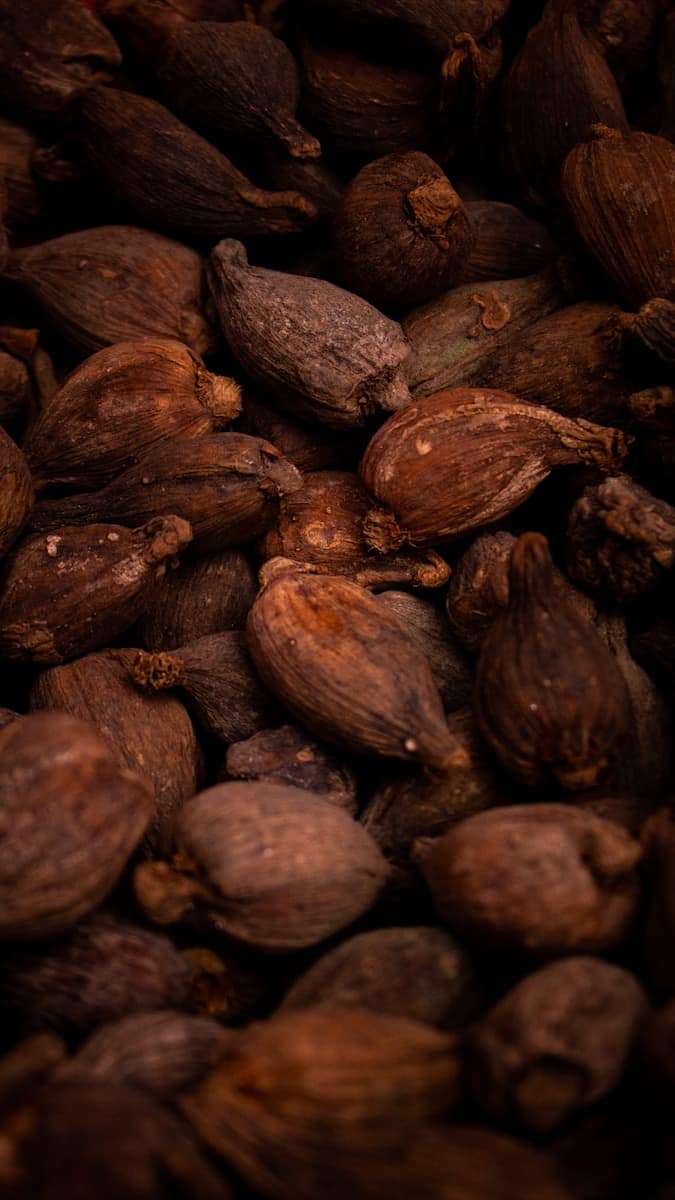As a chocolate lover, I’ve always been intrigued by the different varieties available in the market. One key factor that differentiates these tasty treats is the cocoa percentage found in each chocolate bar. Understanding this concept can help us make informed choices about our chocolate preferences and appreciate the subtle differences between milk, dark, and white chocolate.
The heart of every chocolate bar is the cocoa bean. Chocolate makers start with cocoa beans and process them to obtain cocoa mass (also known as cocoa liquor), which is then separated into cocoa butter and cocoa powder. The combination of these components, along with sugar and, in some cases, milk powder, determines the final product. For instance, a milk chocolate bar will have a lower cocoa percentage and contain milk powder, whereas a dark chocolate bar typically has a higher cocoa percentage with no milk products. White chocolate, on the other hand, contains only cocoa butter, sugar, and milk powder – no cocoa solids at all.
Different chocolate manufacturers may adjust their recipes by adding extra cocoa butter, vegetable fats, or sugar to achieve a specific texture or flavor. A higher cocoa percentage generally implies more intense chocolate taste, less sugar content, and a more robust experience. So, when we see a chocolate bar’s label claiming a specific cacao percentage, it’s giving us insight into the ratio of cocoa solids and cocoa butter present. A good chocolate product often has a balance between the bitter and sweet flavors, and by trying various cocoa percentages, we can explore the rich palette of chocolate flavors available.

Understanding Cocoa Percentage
When it comes to understanding cocoa percentage, it’s essential to know what it means and how it affects the taste and quality of your chocolate bar. Cocoa percentage refers to the amount of cocoa solids and cocoa butter present in a chocolate product, with the remainder typically consisting of sugar, milk powder, and other additives.
In general, there are three main types of chocolate:
– Dark chocolate: High cocoa percentage (50-85%)
– Milk chocolate: Lower cocoa percentage and added milk powder (10-50%)
– White chocolate: Contains only cocoa butter with no cocoa solids (0%)
Composition of Cocoa Solids and Cocoa Butter
The composition of a chocolate bar is typically divided into two components: cocoa solids and cocoa butter. Cocoa solids are the non-fat portion of the cocoa bean, and they provide the chocolate’s flavor.
Cocoa butter, on the other hand, is the fatty component derived from cocoa beans, and it contributes to the texture and mouthfeel of the chocolate.
Factors Affecting Cocoa Percentage
Several factors can influence the cocoa percentage of a chocolate bar:
1. Chocolate makers: Different chocolate manufacturers have their preferences when it comes to selecting the right cocoa percentage for their products. Some might choose to have a higher cocoa percentage for a richer taste, while others might opt for a lower percentage to maintain a subtle sweetness.
2. Cocoa beans: The type and quality of cocoa beans used in making the chocolate can also play a significant role in determining the cocoa percentage.
3. Additives: Additional cocoa butter or vegetable fats such as vegetable oil can affect a chocolate’s overall cocoa percentage.
Deciphering Cocoa Percentage on Chocolate Bars
By examining the cocoa percentage on a chocolate bar, you can get an idea of the chocolate’s flavor profile and the amount of sugar present. Chocolates with a higher cocoa percentage tend to be less sweet and more intense, while those with a lower cocoa percentage often have a sweeter and creamier taste.
For example, a dark chocolate bar with an 80% cocoa percentage will have a more robust, bitter taste compared to a milk chocolate bar containing 35% cocoa percentage. Dark milk chocolate, a recent trend among chocolate makers, combines the high cocoa percentage of dark chocolate with added milk powder, resulting in a rich and creamy, yet still intense flavor.
In conclusion, understanding cocoa percentage helps in making more informed choices when selecting your next chocolate treat. Whether you prefer the bittersweet taste of dark chocolate or the creamy sweetness of milk chocolate, knowing the cocoa percentage can provide a glimpse into the delicious world of chocolate flavors and textures.
Choosing the Right Cocoa Percentage

When it comes to selecting the perfect chocolate bar, understanding cocoa percentage is essential. Cocoa percentage refers to the proportion of the chocolate bar’s weight that comes directly from cocoa beans. The percentage includes cocoa mass, cocoa butter, and sometimes added cocoa butter.
For starters, let’s quickly dive into these chocolate types:
– Dark chocolate has a high cocoa percentage and typically lacks milk powder. It can range from mildly sweet to intensely bitter, depending on the chocolate maker’s recipe.
– Milk chocolate contains a lower cocoa percentage, milk powder, and additional sugar. It’s known for its creamy texture and subtle sweetness.
– White chocolate doesn’t contain any cocoa solids, only cocoa butter, sugar, and milk powder. It’s not technically considered chocolate by some chocolate purists, but it’s still a popular choice.
Now, let’s explore the key factors to consider when choosing the right cocoa percentage:
1. Taste preferences: If you prefer a sweeter treat, opt for milk chocolate bars with a lower cocoa percentage and higher sugar content. On the other hand, if you’re a fan of more intense cocoa flavors, a higher cocoa percentage found in dark chocolate bars would suit your palate.
2. Texture: Cocoa butter provides a smoother and creamier mouthfeel. A higher cocoa percentage often means less sugar and added fats, such as vegetable oil, so the chocolate might feel less smooth compared to a chocolate bar with a lower percentage of cocoa.
3. Health considerations: Dark chocolates with a higher cocoa percentage tend to contain more antioxidants, flavonoids, and lower sugar levels, potentially providing health benefits. Be cautious, though, and treat chocolate as an indulgence rather than a health food staple.
4. Quality: A good chocolate has a transparent label that reveals its cacao percentage and ingredients. Chocolate makers who take the time to share these details are more likely to produce chocolate with a focus on taste, sourcing, and overall quality.
In conclusion, it’s essential to consider personal preferences, health considerations, and the quality of chocolate when selecting the perfect cocoa percentage. Whether you’re a fan of dark milk chocolate, white chocolate, or a rich, high-percentage dark chocolate bar, there’s truly something for everyone when it comes to chocolate products. Happy tasting!
Final Thoughts
To sum up, the cocoa percentage plays a significant role in determining the flavor, texture, and overall quality of a chocolate bar. By understanding the various components, such as cocoa butter, cocoa beans, and cocoa solids, I’ve gained a better appreciation of the differences between dark chocolate, milk chocolate, and white chocolate.
Chocolate makers often experiment with different cocoa percentages, leading to a wide variety of chocolate bars. Whether it’s dark chocolate with a high percentage of cocoa or a milk chocolate bar with a lower cocoa percentage, there’s a plethora of options for every palate.
Here are some key points discussed in this article:
– The primary components of chocolate are cocoa mass and cocoa butter, both derived from the cocoa bean.
– The percentage of cocoa in a chocolate bar represents the combined amount of cocoa solids and cocoa butter.
– Dark chocolate typically has a higher cocoa percentage, while milk chocolate contains additional milk powder and less cocoa.
– White chocolate does not contain cocoa solids, only cocoa butter mixed with sugar and milk powder.
As chocolate manufacturers continue to explore new flavor profiles and percentages of cocoa, we get to enjoy an ever-growing array of chocolate bars. The key to picking a good chocolate bar is understanding the cocoa percentage and individual preferences regarding sweetness and subtle bitterness.
In the end, a higher cocoa percentage indicates a more intense chocolate flavor, while a lower percentage often denotes a milder taste with added sweetness from sugar or milk powder. By familiarizing myself with cocoa percentages and their impact on chocolate bars, I’ve become better equipped to select the perfect treat for every occasion.
